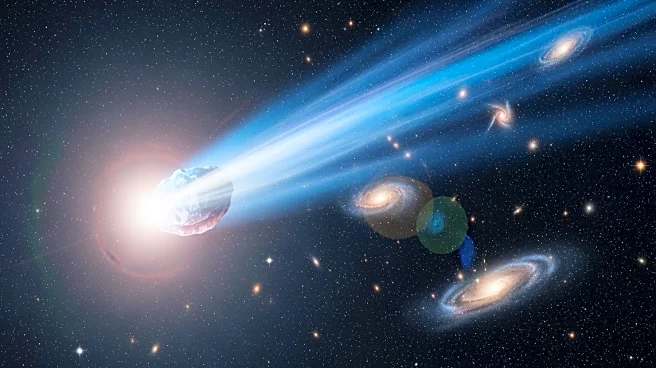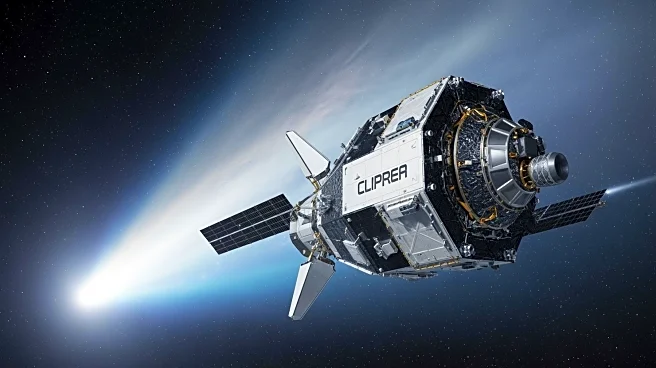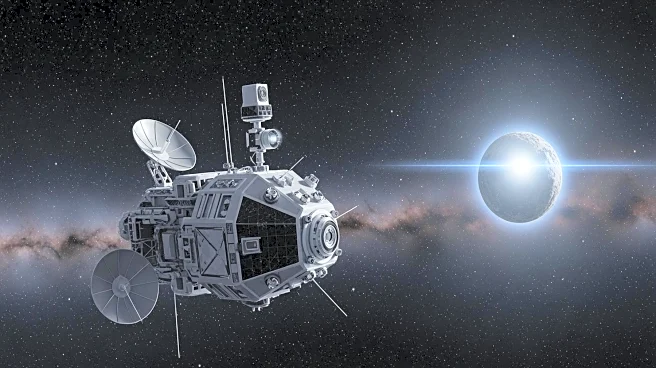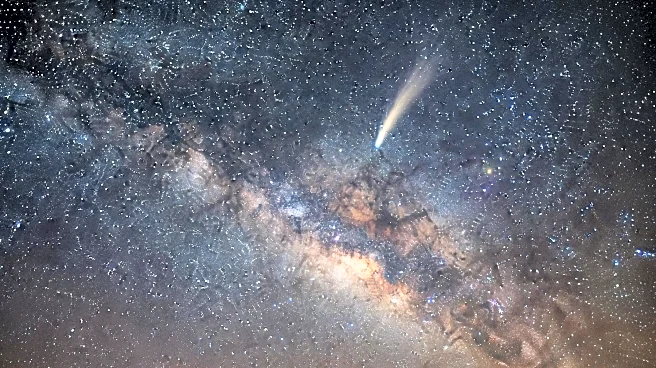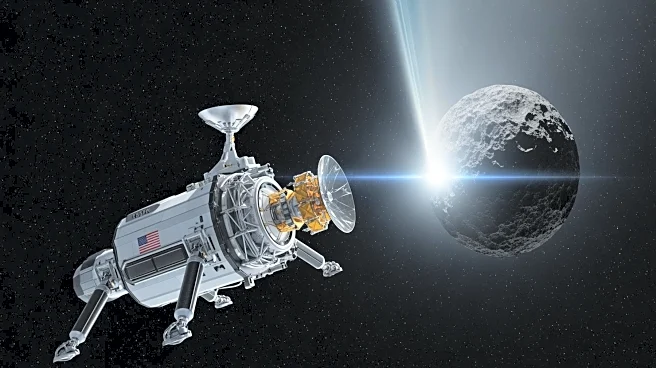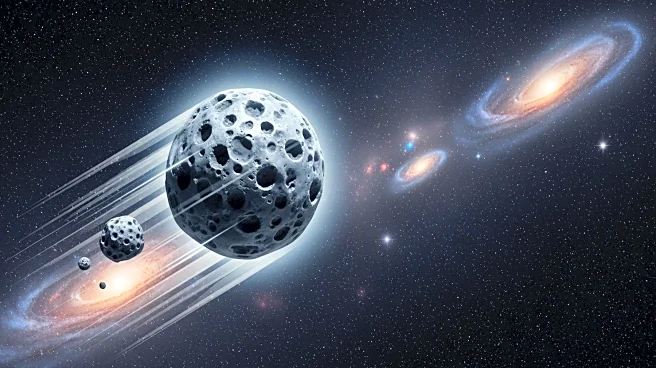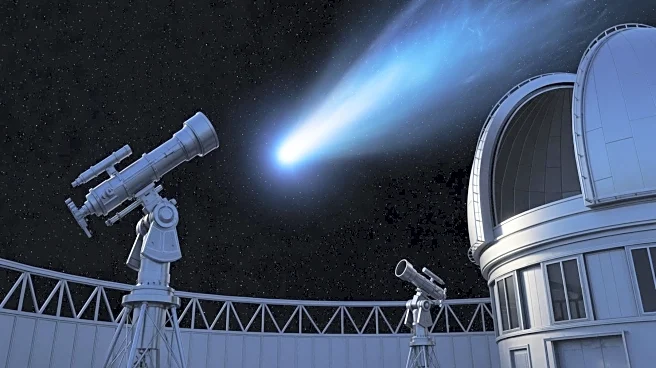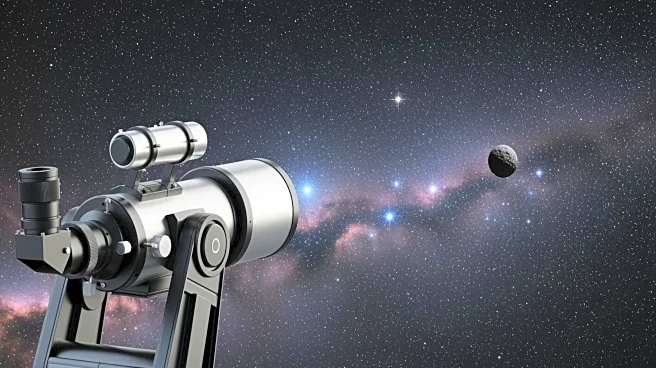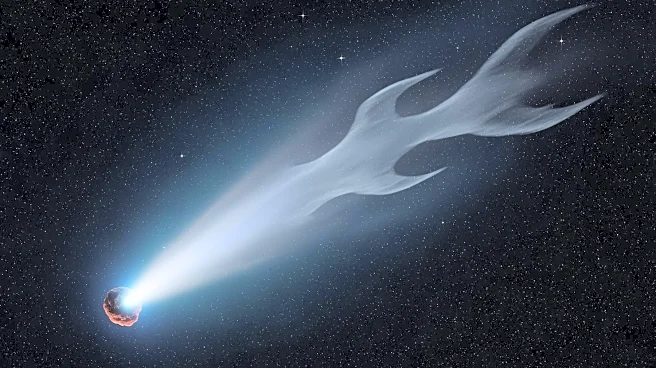What's Happening?
The interstellar comet 3I/ATLAS, discovered on July 1, 2025, by the ATLAS survey, has been observed shooting a giant jet of gas and dust towards the Sun. This comet is the third known object from beyond
our Solar System, following 1I/ʻOumuamua and 2I/Borisov. The comet's orbit is highly hyperbolic, confirming its origin from outside the Solar System. It will reach its closest point to the Sun on October 29-30, 2025, and poses no threat to Earth. The comet's activity, including the sunward jet, is attributed to solar heating of its ices, a common behavior for comets. NASA and ESA have debunked rumors of the comet being an alien probe, emphasizing its natural cometary characteristics.
Why It's Important?
The observation of 3I/ATLAS provides a rare opportunity to study an interstellar object in detail, offering insights into the conditions of other solar systems. The comet's composition, rich in carbon dioxide and water ice, suggests it formed in a carbon-rich environment, potentially predating our Sun. This makes it a valuable 'time capsule' for understanding the early Milky Way. The comet's study could enhance our knowledge of planetary formation and the diversity of celestial bodies in the universe. The debunking of alien probe rumors also highlights the importance of scientific communication in dispelling misinformation.
What's Next?
Astronomers will continue to monitor 3I/ATLAS as it approaches its perihelion and moves away from the Sun. Observations will focus on changes in its activity and composition, providing further data on its origins and behavior. ESA's JUICE probe and other spacecraft will observe the comet post-perihelion, potentially sampling ions from its tail. These studies will contribute to a better understanding of interstellar objects and their role in the broader cosmic context.
